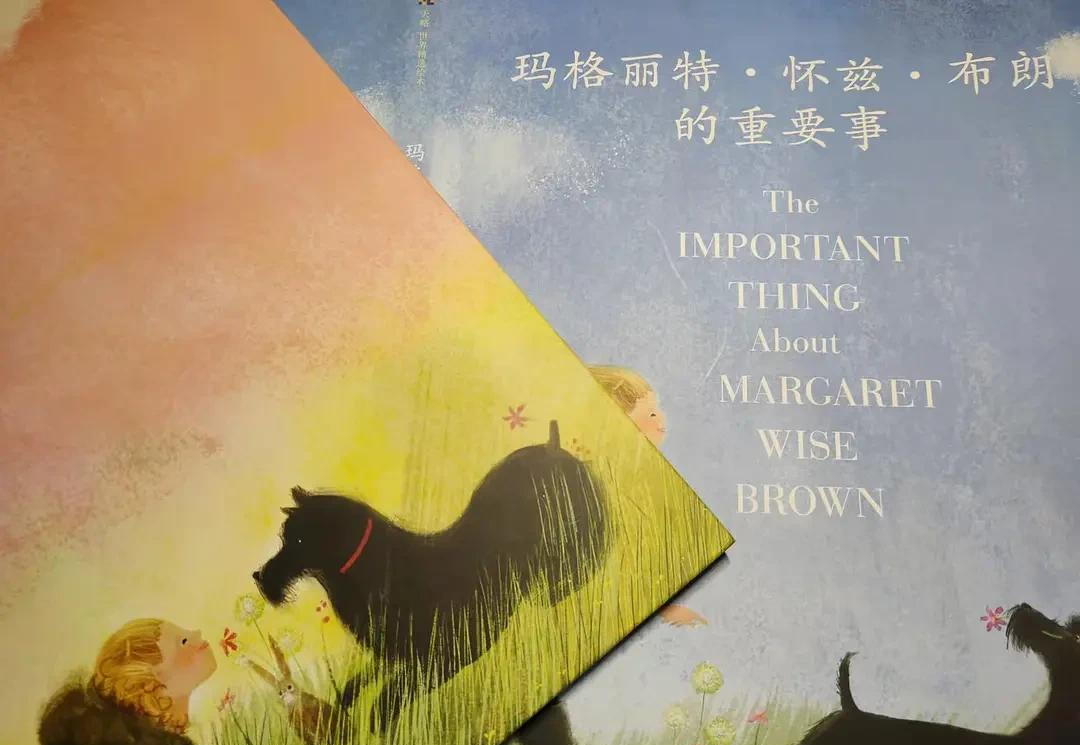In our pursuit of children's nature, most people think that childhood should be closely related to hilarity, and children's nature should be active and curious. But Margaret Whites Brown argues that the quiet needs of childhood are often overlooked, and that quiet allows a child to swim in his own mind.
Following this line of thought, I suddenly found that Margaret's book was indeed full of a kind of silence. She often completes the story in extremely simple words, whether it is "Goodnight, The Moon", which says goodnight to everything in the children's room, or "The Runaway Bunny", which constantly stages escape and chase scenes with her mother, including Margaret's unfinished "The Bird's Funeral", they all have a common temperament: quiet. And the source of this common temperament is Margaret's own life experience. It touches the core of life, farewell, escape, death, but fades away those terrifying waves, just like a gust of wind that the mother rabbit has conjured up, bursting and hiding in the depths of the seabed, the little rabbit still has the freedom to avoid the storm.

I once read another picture book by Margaret Whites Brown, the writer of Margaret Whites Brown, "The Town in the Sweater," in which Annabelle, who found the woolen box, kept knitting sweaters, she knitted for puppies, for houses, for trees. And her wool box never seemed to run out. This is indeed a quiet picture book. I think it is precisely because of this quiet fit that Mac Barnett's The Important Thing about Margaret Waitz Brown should naturally be closer to Margaret.
It's a story to tell quietly, and the reader only needs to listen quietly. As a biography, it doesn't seem to be rich or complete, just a screenshot of the important fragments of Margaret's life, but it's amazing enough. "When one of Margaret's rabbits dies, she will skin it and put on its fur." We would think such a story is too bloody, but it's just a kind of quiet surprise.
But Mike Barnett is not only repeating Margaret's life in words, he is also expressing his children's book concept, not in the form of a thesis, but in an equal gesture in the reader's ear, which is naturally a quiet tenderness. He quietly recounts margaret's strangeness in the eyes of the world, and predicts the reader's reaction. He wanted the reader to react afterwards, and he wanted the reader to be able to walk through Margaret's strange events and reach her heart, to accept such a unique existence.
Strange, not a word that needs to be corrected. The world often disciplines the whole world with too many standards, and all those who do not meet the requirements are branded with the mark of "experts do not recommend buying". Perhaps the moment the librarian Anne Carroll Moore held up the stamp, she enjoyed the pleasure of the power to mark "abnormal", because it was the existence of "abnormal" that normality seemed safe. But our world should allow something strange to run quietly. Not because the backing is normal," these books feel real. These books are important. "If there is only normal existence, then normal is like an illusion, and reality means that there must be abnormalities, there must be strange existences."
Maybe all we can do is, even if you join the tea party inside the New York Library, don't interfere with the less lively and less crazy tea party next to the pair of lions.